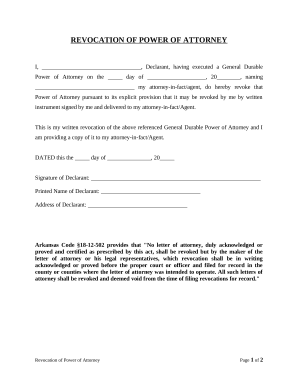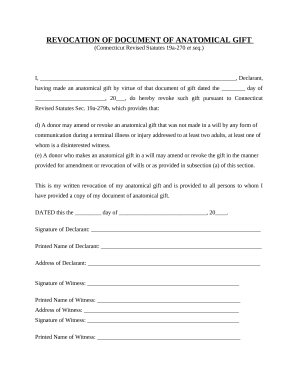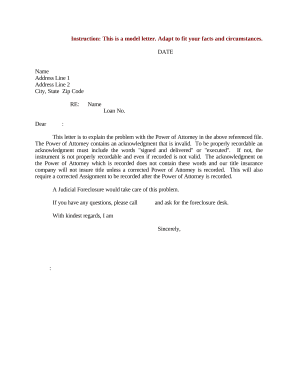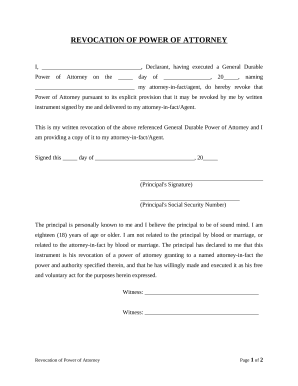







Accelerate your form administration with our Forms for Revoking Power of Attorney category with ready-made document templates that suit your requirements. Get the document template, change it, complete it, and share it with your contributors without breaking a sweat. Begin working more effectively together with your documents.
How to use our Forms for Revoking Power of Attorney:
Examine all of the possibilities for your online document management with the Forms for Revoking Power of Attorney. Get your totally free DocHub profile today!